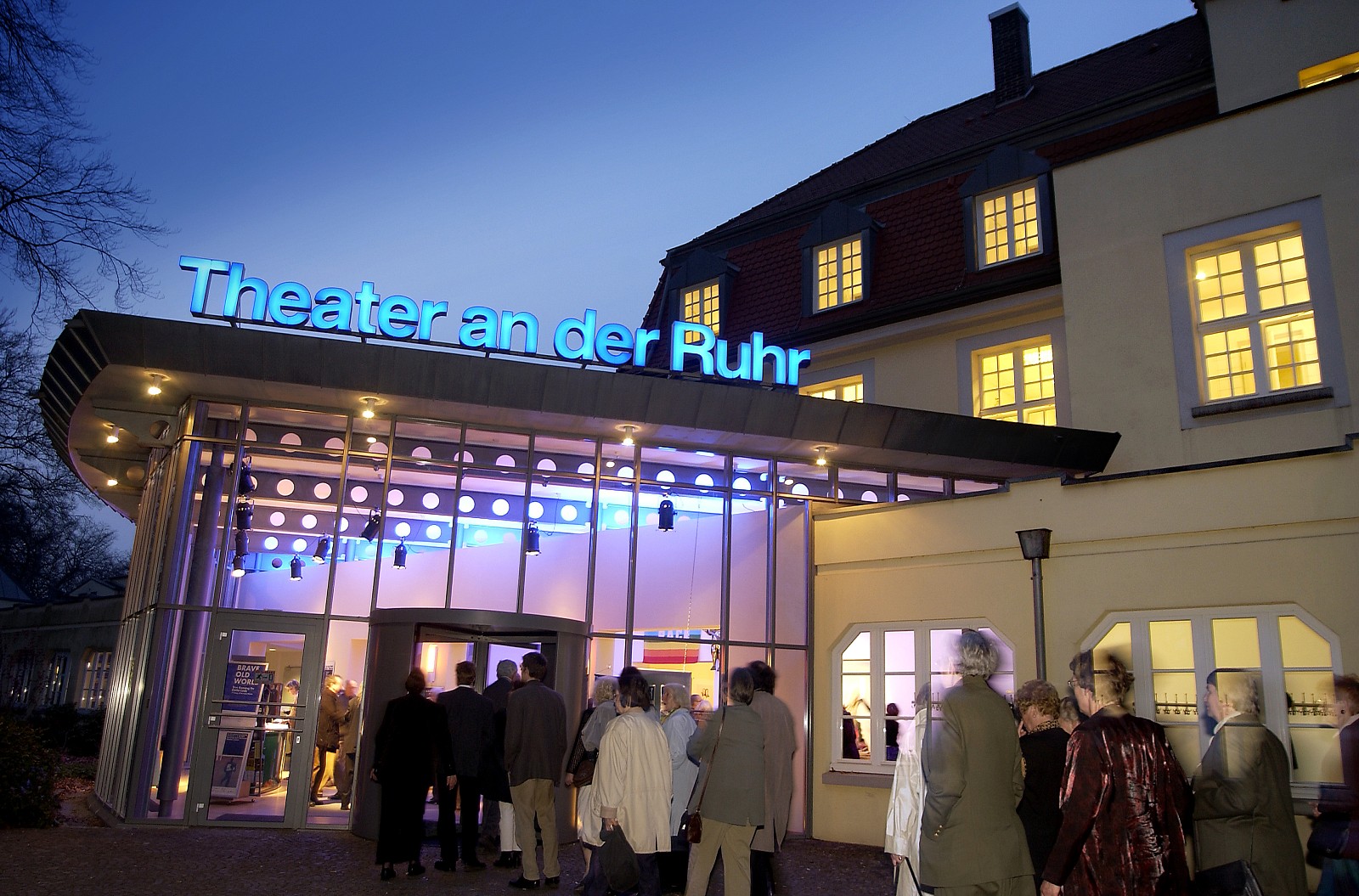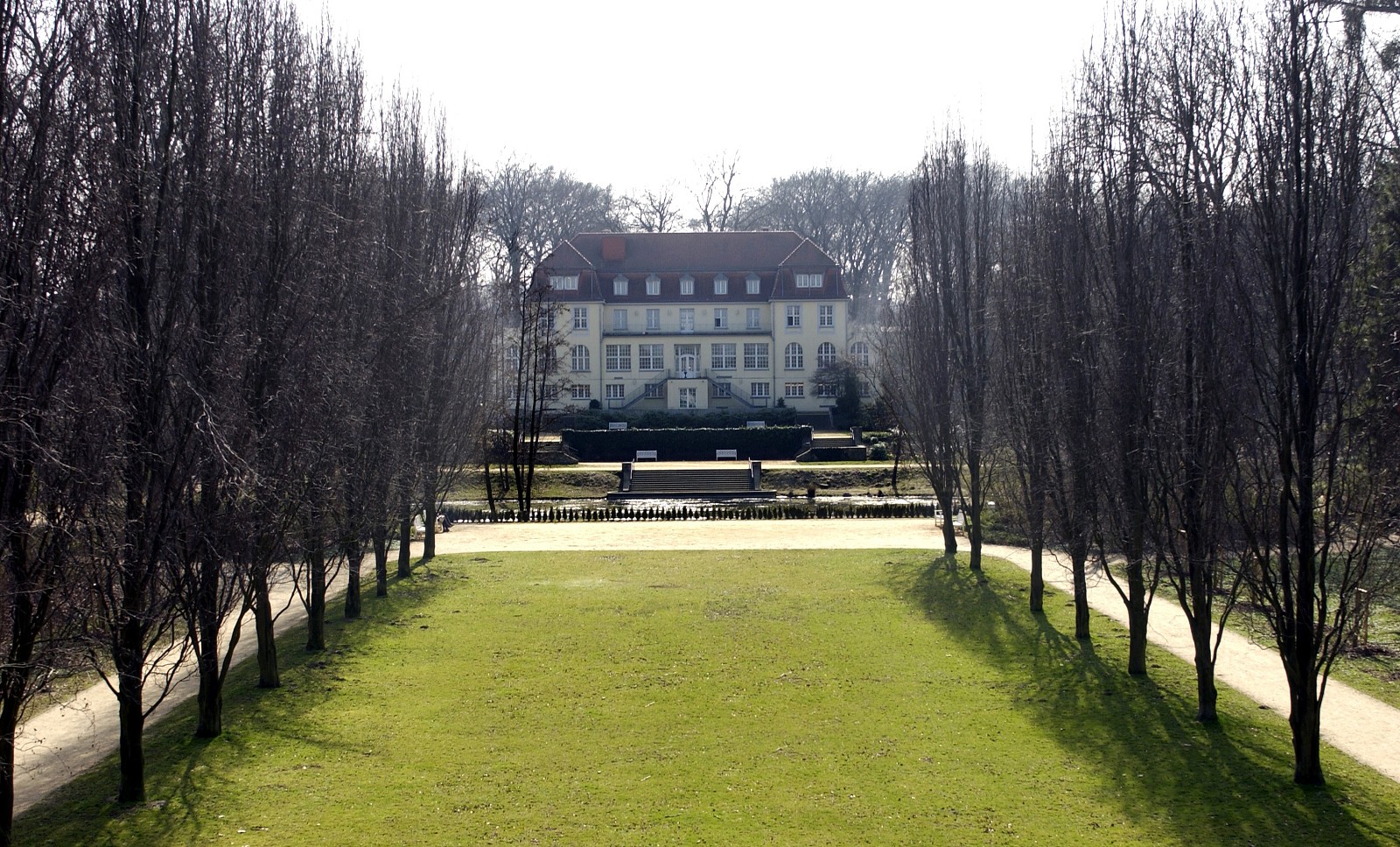Theater an der Ruhr
Theater an der Ruhr was founded in 1980 as an alternative model, an ensemble theater of a new type. It was an attempt to find its very own answer to the debate about structures in the theater landscape in Germany, which is dominated by municipal theaters, and which continues to this day.
Everything different from the season 23/24
We are opening a new chapter in the forty-year history of the Theater an der Ruhr - and continuing this history, under the sign of radical change. With the start of the season 23/24, the Theater an der Ruhr will in future be inviting audiences to three concentrated theatrical events under the heading of a theme that will shape the entire season: In doing so, the theater is treading a completely new, radical path in Germany's theatrical landscape.
All new productions will be shown exclusively in these condensed "play islands". Over the course of three to four weeks in the summer and late fall of 2023, as well as in the spring of 2024, we invite you to these theater sessions, each of which comprises a unique program: In addition to the central theater productions, the audience can expect a theme-specific supporting program of workshops, concerts, art installations, readings, lectures. Discourses and discussions with experts, films and readings encourage the audience to think and participate.
These three theater islands are concentrated but playful assemblages of artistic work and social exchange. They are intended to bring us into contact with each other and to re-locate the house in the social fabric as a collective space for thought and encounter. Together with you, we would like to explore which deeper phenomena, formative forces and longings penetrate to the surface of our togetherness.
The model

For the founders Roberto Ciulli, Helmut Schäfer and Gralf-Edzard Habben, three essential ideas were central: the primacy of art over apparatus, the idea of the ensemble, which includes all members of the theater, with equal contracts and the idea of travel. The theater has now been to more than 50 countries and has brought artists from these countries to Europe and Mülheim. The theater's headquarter in the historic building at Raffelbergpark is now a place for contemporary theater and art that defies fashionable compromises and fosters open, multilingual discourse and international encounters - a thinking space of diversity.
For several years, the artistic direction has also included the managing director and dramaturg Sven Schlötcke, who has focused on long-term participatory projects and facilitated numerous collaborations and co-productions with international and national artists.
In the 19/20 season, director Philipp Preuss, who has directed at the Schaubühne Berlin, Schauspiel Leipzig, and Volkstheater Wien, among others, was appointed artistic director. His work is characterized above all by a high degree of interdisciplinarity, with references to the visual arts also being influential.
The Place

The Theater an der Ruhr is located in a former brine bath in Raffelbergpark on the outskirts of Mülheim an der Ruhr. It is a place of encounter, of dialogue, a house that is open to everyone. The foyer is permanently transformed from an exhibition space to a place for receptions or a meeting place for a young audience. People from all over the world and of all ages come together here, making the house a lively place of mutual acquaintance and exchange.
At the beginning of the 20th century, the Solbad was built on the lands of the historic Raffelberg estate. The Theater an der Ruhr moved into the Kurhaus in 1981 and used the old Kursaal as a performance venue. From 1994 to 1997, the listed building was renovated and converted into a permanent venue. Today, the theater hall offers space for 200 spectators and about 50 permanent ensemble members work in the rooms of the former Kurhaus. Since its reopening, the Theater im Raffelbergpark has developed into a unique cultural venue for the Ruhr region, which has established itself as the "other" theater in the region and throughout Germany thanks to its historic ambience in the listed park landscape and its range of content.